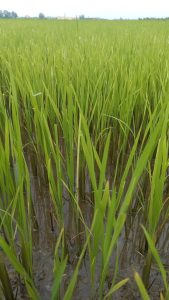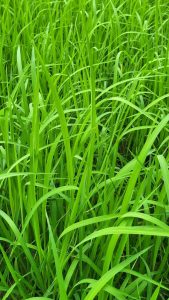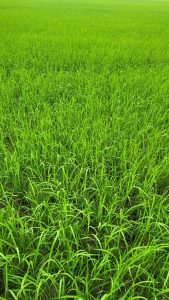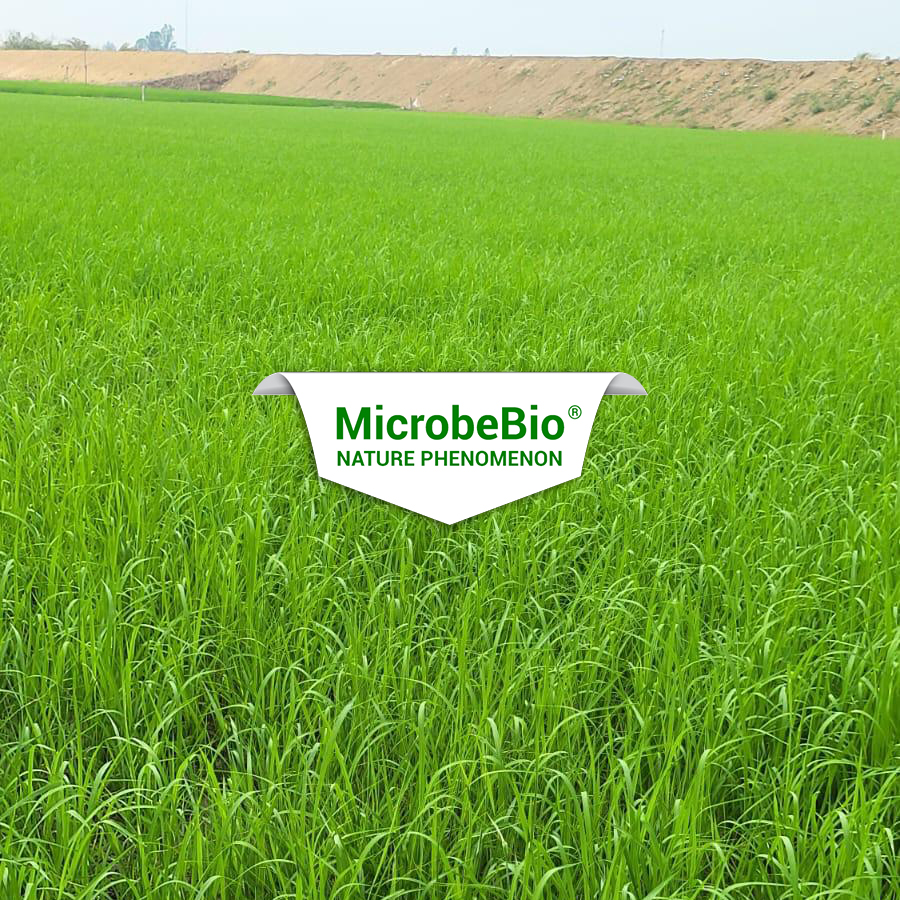In the heart of Soc Trang, a province nestled within the fertile Mekong Delta of Vietnam, there lived a farmer named Minh. Minh, like many in his community, had depended on conventional farming practices to cultivate rice, the lifeline of the region. However, the increasing challenges of pests and diseases and the quest for sustainable farming led Minh on a transformative journey toward a groundbreaking agricultural solution.

Minh’s rice fields were once plagued by a host of challenges. Snails, rats, and a variety of pests, including the dreaded stem borers, rice bugs, and stink bugs, alongside diseases such as sheath blight, rice blast, brown spot (caused by Cochliobolus miyabeanus), leaf scald, sheath rot, false smut, kernel smut, grain rot, and the damage inflicted by caseworms, were reducing yields and affecting the quality of his crop. The battle against these adversaries was relentless, and the use of chemical pesticides and fertilizers, though providing temporary relief, began to show its dark side through soil degradation, reduced biodiversity, and negative health impacts on the community.

The turning point came when Minh attended a workshop organized by an agricultural extension program, introducing him to microbebio technology – a cutting-edge, 100% organic nutrient and nano biofertilizer solution. This innovative approach utilized biorational microbes, beneficial fungi, growth stimulants, and trace minerals, promising not just to protect the crops against pests and diseases but also to enhance yield, nutrient and vitamin content, aroma, and flavor.
Skeptical but driven by a deep desire to revive his lands and ensure the health and prosperity of his community, Minh decided to give microbebio technology a try. He began by integrating it into a small section of his rice fields as a pilot project. The preparation involved enriching the soil with a blend of beneficial microbes and fungi that would improve soil health, enhance nutrient uptake by the plants, and stimulate growth. In addition, the technology’s rational approach meant that it could target and control the specific pests and diseases afflicting Minh’s rice crops without harming beneficial insects or the environment.

As weeks turned into months, the results were nothing short of miraculous. The treated section of Minh’s farm displayed a remarkable transformation. The rice plants were healthier, with lush green leaves and stronger stems. The incidences of diseases such as sheath blight, rice blast, and brown spot dramatically decreased, while pests like snails, rats, and the notorious stem borers were no longer the threat they once were. The beneficial microbes and fungi had created a natural barrier against these invaders, outcompeting them and preventing their proliferation.
But the benefits didn’t stop there. The rice grown with microbebio technology not only survived the usual onslaught of pests and diseases but thrived. The yield from the treated section of the farm was significantly higher than from the conventional sections. The grains were fuller, with an enhanced nutritional profile, enriched with vitamins and trace minerals. The aroma and flavor of the rice were also noticeably improved, delighting Minh and his family at meal times.
Word of Minh’s success spread quickly throughout Soc Trang. Other farmers, witnessing the transformation of Minh’s fields and the quality of his rice, were eager to learn about this innovative approach. Minh became an advocate for microbebio technology, sharing his experiences and the benefits of this 100% organic nutrient and nano biofertilizer. He conducted workshops, in collaboration with the agricultural extension program, to teach other farmers how to use this technology to combat pests and diseases, improve yields, and enhance the quality of their rice.
The adoption of microbebio technology in Soc Trang marked a significant shift towards sustainable and organic farming practices in the region. Farmers were now able to reduce their reliance on chemical pesticides and fertilizers, leading to healthier soils, increased biodiversity, and improved water quality. The community’s health also benefitted from consuming rice that was not only free from chemical residues but was also more nutritious and flavorful.
Minh’s journey from a struggling farmer to a pioneer of sustainable agriculture in Soc Trang is a testament to the power of innovation, perseverance, and the shared vision of a community committed to environmental stewardship and health. Through the adoption of microbebio technology, Minh and his fellow farmers were not only able to overcome the myriad challenges facing rice cultivation but also pave the way for a future where agriculture and nature coexist in harmony.
